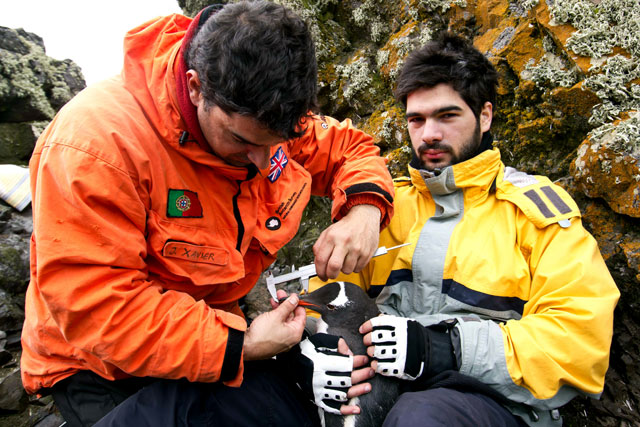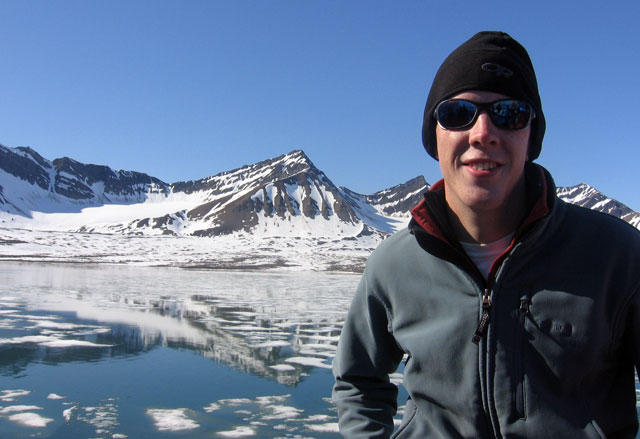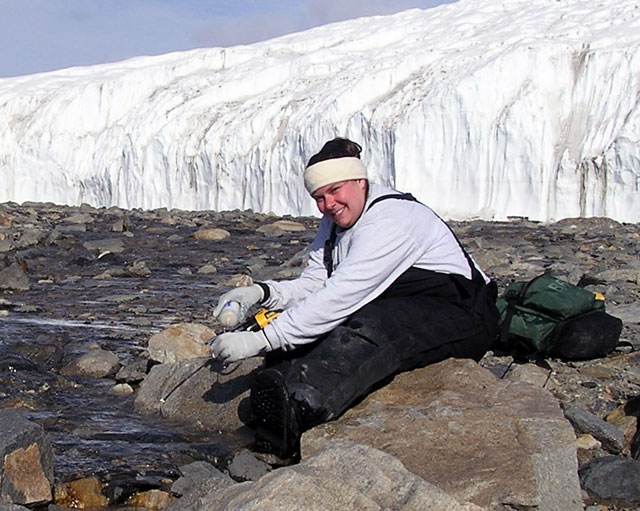Getting startedAPECS helps early-career scientists navigate the demands of polar researchPosted June 15, 2012
The International Polar Year 2007-2008 But perhaps one the most enduring legacies of the two-year research campaign, which officially ended in 2010, won’t be found in a journal or dataset. However, it can be measured: More than 3,500 members and counting, representing some 75 countries, across disciplines as diverse as glaciology and engineering. That’s the profile of APECS, the Association of Polar Early Career Scientists “It wasn’t a formal project as such, but became formalized through the IPY and grew into something more than anybody thought it would be,” explained Allen Pope A former president of APECS, and currently an executive committee member and vice president, Pope seems like the prototypical early-career polar scientist: Age 25. Entered the sciences based on his love of the outdoors, particularly the glaciers he discovered while hiking through Switzerland during one summer working in a chemistry lab. Eventually, Pope switched from the geochemistry track to remote sensing, using satellites to watch how glaciers are changing. His education taught him how to read satellite imagery and model glacier evolution as the climate changes. But then there’s the practical side of being a scientist — writing proposals, conducting fieldwork and communicating his work to both colleagues and the public. “You’re not necessarily taught how to do these things,” he said. “That’s where APECS steps in, providing these resources so people can get the most out of conferences, rather than learning lessons the hard way — getting proposals rejected five times – get some tips and learn from other people’s experiences. “It’s all those parts of being a scientist that aren’t taught in a formal setting,” he added. APECS was the result of a merger of sorts between the IPY Youth Steering Committee, a group formed in 2005 that focused on engaging early-career scientists and young adults in polar outreach, and an earlier incarnation of APECS. Jenny Baeseman Baeseman said one challenge in setting up APECS was that many established scientists and principal investigators didn’t at first see a need for such an organization, arguing that their students were already receiving the necessary training. “Many of the grad students disagreed and wanted more,” said Baeseman, who recently left her post with APECS, which maintains a one-person office in Tromsø, Norway, for a position with the World Climate Research Programme “At the same time, a number of really outstanding senior researchers stepped up to help us form this network, not just through helpful advice in the structure, but through promoting the need for APECS and for participating as mentors in our many activities,” she added. “One of my personal motivations for starting APECS was to help get ‘new blood’ into polar research, particularly in Antarctica,” said Baeseman, who did three field seasons in the McMurdo Dry Valleys “It’s a small community, and it’s often the same PIs that are funded year after year, and then their students pick up the reins, which can limit to some degree the new lines of thinking that enter polar research,” she added. “This makes it difficult for new people with great ideas to get involved — especially if their science questions and ideas are different from what has currently been funded.” Since 2007, the group has coalesced around three main goals: connecting scientists across nations and disciplines; helping them navigate the culture of soft money and conference fatigue; and guiding eager researchers on effective ways to communicate their raw data into public engagement that departs from the standard schoolroom lecture on penguins. “Outreach is one of those things that will compete for your time, and needs to get some of your time as well,” said Pope, an active user on the social media site Twitter, where he tweets under the handle @PopePolar |



For USAP Participants |
For The Public |
For Researchers and EducatorsContact UsU.S. National Science FoundationOffice of Polar Programs Geosciences Directorate 2415 Eisenhower Avenue, Suite W7100 Alexandria, VA 22314 Sign up for the NSF Office of Polar Programs newsletter and events. Feedback Form |




